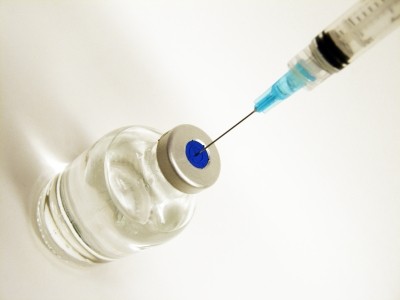EMA revises guidance on developing flu vaccines

The new modular guideline is intended to update in a consolidated document the existing guidance on regulatory, quality, non-clinical and clinical aspects of the development of all types of influenza vaccines, in all epidemiological situations, such as seasonal, pandemic and pre-pandemic.
Notably, the new module of the guideline revises the criteria for the assessment of immunogenicity in favour of a broader evaluation of immune responses rather than the use of seroprotection rate and haemagglutination inhibition as the main tests for evaluation.
“Neither the haemagglutination inhibition (HI) nor serial radial haemolysis (SRH) assays are standardized,” the EMA says, noting that “they are both subject to very considerable inter-laboratory variability. In any one clinical development programme it is recommended that all HI and SRH assays are conducted in a single designated laboratory. If feasible, long term storage of sera is recommended to allow for re-testing as and when improved assays are developed.”
The new module also includes a re-appraisal of serological testing methods and issues around their standardisation; acknowledgement of the lack of clear evidence to support immunological correlates of protection against influenza; a revision of the requirements for annual changes in the antigen composition of seasonal vaccines; and a review of the evidence regarding the efficacy and safety of various types of influenza vaccines in different population sub-groups.
Post-Authorisation Requirements
The guidance also for the first time introduces effectiveness studies for seasonal influenza vaccines as requirements in the post-authorisation phase. The agency calls for data on the safety and reactogenicity of the new strains, which should be “evaluated in terms of local (e.g. swelling at the injection site) and systemic adverse reactions (e.g. fever, myalgia) in the different age groups based on the indication, particularly in young children if applicable.
The data “should be collected as soon as possible at the beginning of the vaccination campaign each year,” according to the EMA.
Name Changes
The agency also has changed the names of several types of vaccines. Pandemic mock up vaccines are now labelled as pandemic preparedness vaccines “to highlight their role in preparation for future potential influenza pandemics,” the EMA says. Pre-pandemic vaccines, which contain an emerging influenza virus strain of animal origin with pandemic potential are now to be referred to as zoonotic influenza vaccines (a zoonosis is an infectious disease that spreads from animals to humans).
In addition to the name changes, the revised guideline also includes a breakdown of dossier requirements, and non-clinical and clinical scientific aspects.
The release of this latest module follows the publication in April of a module on the quality requirements for vaccines, which is set to come into effect on Nov. 1.
Comments on the draft non-clinical and clinical module of the influenza vaccines guideline are accepted through Jan. 31, 2015.







